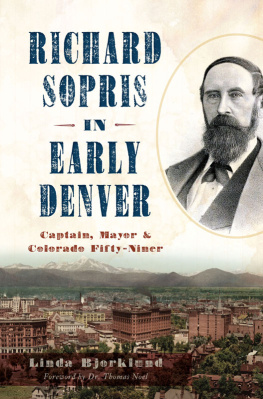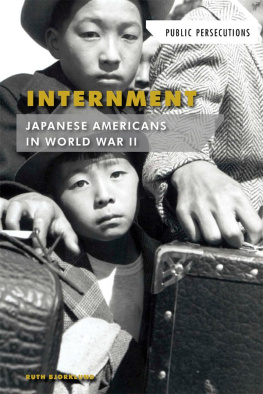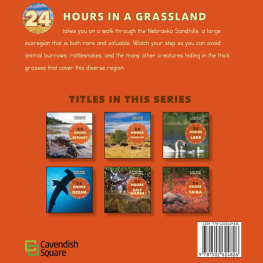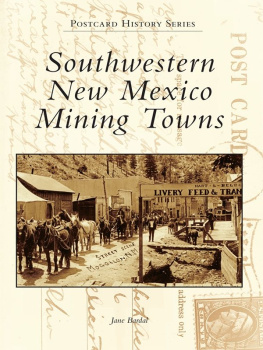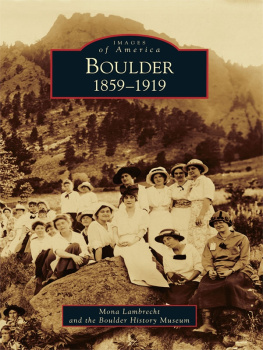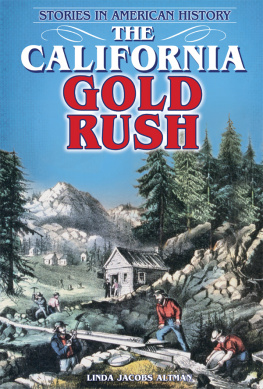
Published by The History Press
Charleston, SC 29403
www.historypress.net
Copyright 2013 by Linda Bjorklund
All rights reserved
Front cover, top: Mount Silverheels in autumn. Courtesy of Bernie Nagy, High Country Artworks.
Front cover, bottom: Early 1900s firemen. Courtesy of South Park Historical Society.
First published 2013
e-book edition 2013
Manufactured in the United States
ISBN 978.1.61423.941.3
Library of Congress Cataloging-in-Publication Data
Bjorklund, Linda.
A brief history of Fairplay / Linda Bjorklund.
pages cm
Includes bibliographical references and index.
print edition ISBN 978-1-60949-955-6
1. Fairplay (Colo.)--History. I. Title.
F784.F35B55 2013
978.859--dc23
2013015265
Notice: The information in this book is true and complete to the best of our knowledge. It is offered without guarantee on the part of the author or The History Press. The author and The History Press disclaim all liability in connection with the use of this book.
All rights reserved. No part of this book may be reproduced or transmitted in any form whatsoever without prior written permission from the publisher except in the case of brief quotations embodied in critical articles and reviews.
CONTENTS

Mountain peaks and rivers near Fairplay. Drawing by author.
Chapter 1
IN THE BEGINNING
Nestled at the base of several mountain peaks, the town of Fairplay gives little evidence of the millions of years of its past that created the setting. But there are a few clues that tell us how the stark ruggedness of the terrain came to be. A large, rounded boulder in Cohen Park speaks of mountain building and erosion. Meandering rivers and creeks tell how valleys were cut through the mountains towering above them, their downward flow carrying minerals from higher places after having been forced upward out of niches and crevices deep underground.
Planet earth is generally aged at about 4.6 billion years old. Colorado has been around for about 2.5 billion of those years. Since our viewpoint as humans can cover but a tiny speck in the overall time span, we can only speculate on the grandiosity of the relatively slow changes in the tiny portion of ground that we call home. And the wonder of it all isthe earth is still changing.
Geologists use the term plate tectonics to describe how the earths surface has evolved from a near sea-level crust to the extreme heights and depths that we have today.
The earths inner core is made up of solid iron; the outer core that surrounds it is liquid iron and nickel. Around the core is a mantle that is partly molten and partly solid. The uppermost mantle and the crust above it are solid. The surface crust is composed of a dozen plates, each around sixty miles thick. These plates have periodically rearranged themselvesseparating and crashing into one anotherto form different landmasses and oceans.

Cohen Park. Photo by author.
The earliest period of the earths history has been labeled Precambrian. Most of the Precambrian rock in Colorado, known as basement rock, was formed as a result of several collisions of plates, followed by the earths crust pulling apart at weak zones, allowing sediment to build up in lower areas. There are few fossils from this era simply because the only known form of life was archaeaone-celled microorganisms. The landmass that we now know as Colorado originated south of the equator and thousands of miles to the east.
During the next era in earths historythe Paleozoica supercontinent that has been named Pangaea was formed. Pangaea contained what later became Eurasia, North America, South America, Africa, India, Antarctica and Australia. By this time, the landmass that would become Colorado had moved in a counterclockwise direction and was located just north of the equator and many miles to the west.
The sea advanced and retreated a number of times during the Paleozoic era, bringing with it ancient forms of life from early invertebrates evolving into fish and, later, amphibians. Evaporation of the sea left deposits of salt and limestone.
Late in this era, the Ancestral Rockies were formed. Another term that geologists use is orogeny, which is an event that results in mountain building. The uplift or orogeny that created the early mountains forced Precambrian rock upward through the layers of limestone left by the sea. Throughout the rest of the Paleozoic era, the ancestral mountains gradually eroded into gravel.
It was during the next era, the Mesozoic, that Colorados character began its formation. Dinosaurs ruled the land, which was lush with vegetation. Flourishing plant life became the basis for the formation of coal. Thick sand changed to shale in layers that trapped marine animals, whose fossils were entombed.
Then, late in the Mesozoic era, several things happenednot quickly but simultaneously. Volcanoes as near as the Thirtynine Mile Mountain and the San Juan Range began to erupt, sending ash through the air to cover the upper surfaces and magma through the faults and crevices of the underground crust. The sea had expanded and then receded as the land began to rise due to a new major mountain-building episode now labeled the Laramide Orogeny. The earths plates pushed against one another and forced the land upward in the same general pattern as the Ancestral Rockies. Although the newly formed Rocky Mountains were twenty thousand feet above sea level, they too have suffered the erosion that happened to the Ancestral Rockies. Fourteen-thousand-foot peaks still, however, seem grandiose to the humans who try to conquer them.
As hot magma was forced through underground fissures and openings, mineral deposits were carried upward by hot, gaseous waters and released when the gases disbursed and the water cooled. This created an area that came to be known as the Colorado Mineral Belt, as it is the source of the gold, silver, lead, zinc, copper and other minerals that brought prospectors and miners to the state of Colorado.
Another and more cataclysmic event that occurred late in the Mesozoic era was not discovered until recently. Scientists were puzzled about the relatively sudden disappearance of the dinosaur population until evidence of a meteorite hitting the earth was uncovered. A pattern of ash containing the substance iridium, rare on earth but abundant in meteorites, was found centering from a location in Mexicos Yucatan Peninsula. The collision resulting in extreme heat radiating from the site would have killed everything above ground for many thousands of miles. The latter part of the Mesozoic era also marked the splitting away of continents from Pangaea and the rearrangement of oceans that surround them.
The final era, and the one that we are still in, is the Cenezoic. The seas retreated for the final time as this era began. Cyclical cooling of the climate, especially in the high altitudes of the Colorado Rockies, created two glacial periods. The town of Fairplay shows evidence of glacial deposits and is, in fact, on the edge of a terminal moraine left by the later glacial period. A terminal moraine is, simply put, a pile of rocks left by melting snow runoff alternating with re-advancement of glaciers and then more melting.
After the dinosaurs became extinct, mammals flourished. Remains have been found of woolly mammoths, camels and an early type of horse about the size of a dog. Later came the bison, coyotes, bear, beaver and other mammals that attracted the initial migration of humans. But it was the mineral depositsthe gold in them thar hillsthat brought them in droves.
Next page

